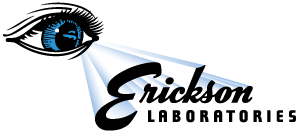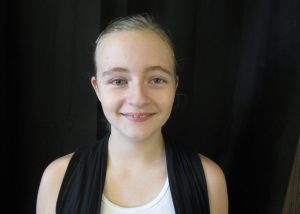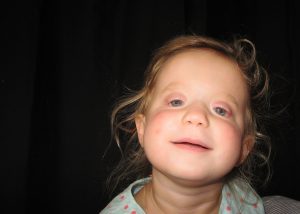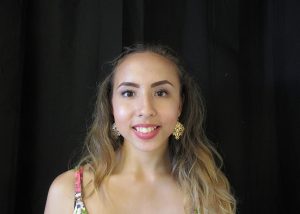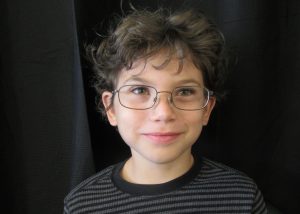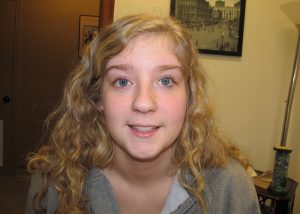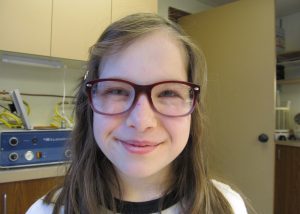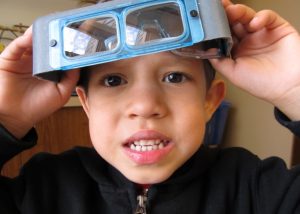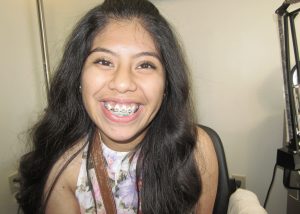Children are among those patients that need an ocular prosthesis. This may be due retinoblastoma, anophthalmia, micro-ophthalmia, or childhood injury. Ensuring that the younger patients in our office feel comfortable and trusting of our staff is of the utmost importance to us. Learning and practicing with prostheses at a young age can be difficult for not only the patient but also for parents. We are here to help begin this journey in building confidence and striving for a happy lifestyle with your artificial eye. Our office has a playroom that allows the kids to have a space to relax away from the patient room. We also keep snacks on hand which the kids in our office really seem to enjoy.
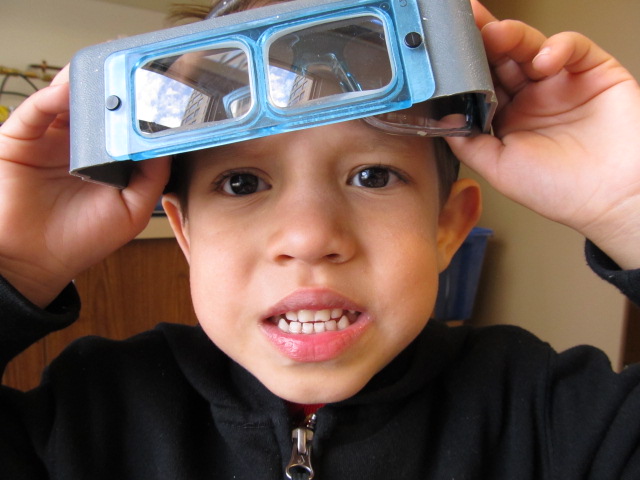
Explaining your child’s eye to others can be difficult for you and them. We are here to help in making this transition fun and rewarding. With the expertise and personal experience of our Ocularists we feel confident that you and your child will leave our office feeling excited for the future.
Some of the fun things we have done in our office for our pediatric patients are, show them the Bill Nye the Science Guy episode that our Ocularist, Rebecca, was featured in; set them up with a pen-pal (other kids their age who also wear an artificial eye); and classroom visits.
We have created an art project that kids can do in the classroom after learning about artificial eyes and people who need them. The art project helps to allow the kids more time to think about what they have learned and take the information home for discussion with their parents. We feel that the classroom visit has been very beneficial for our pediatric patients in fielding questions from their peers.
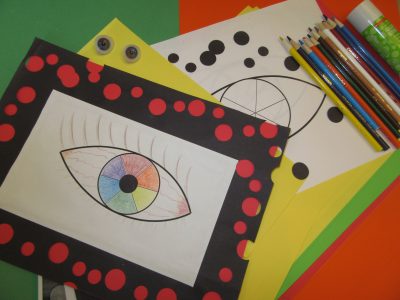
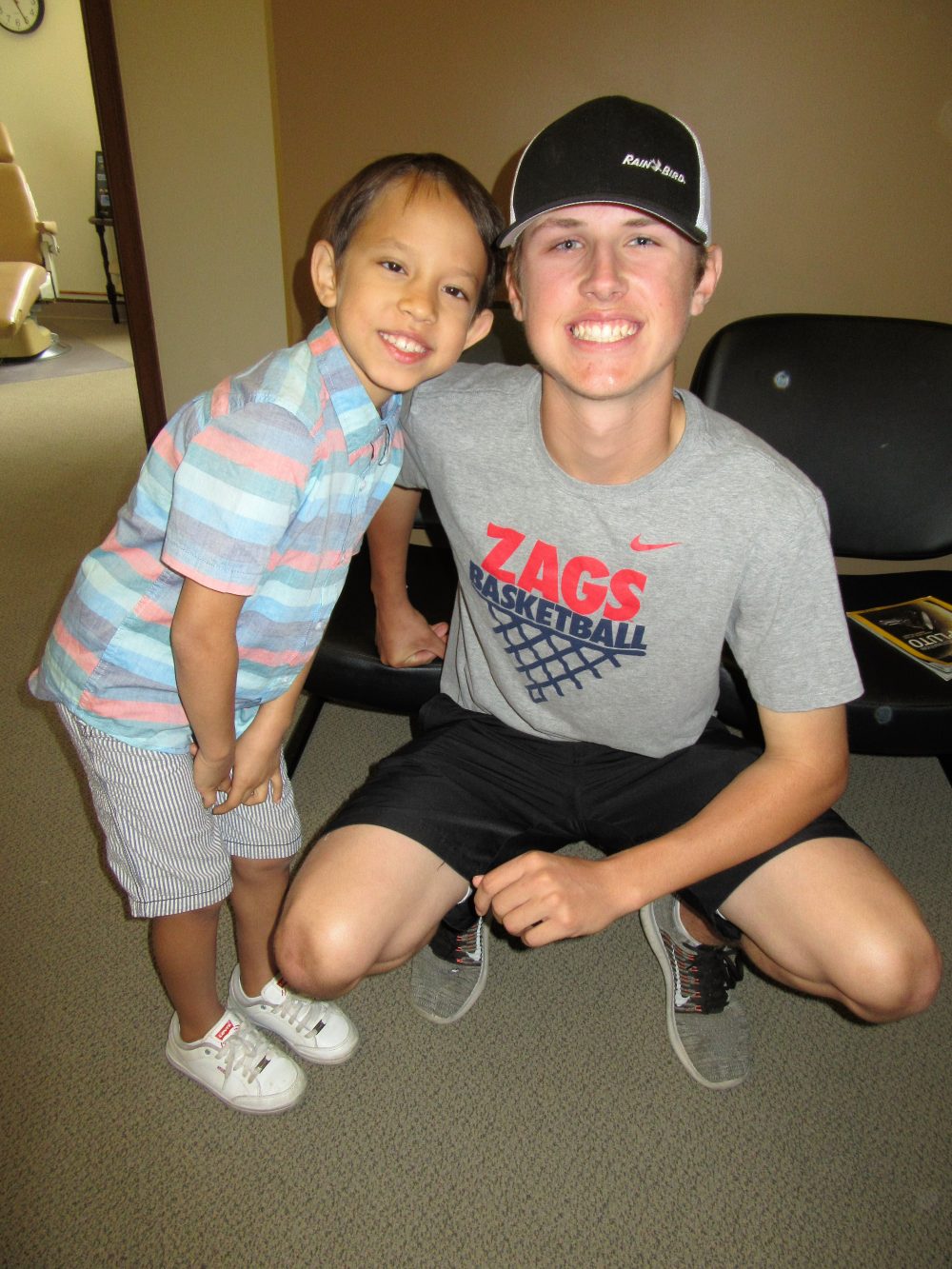
What a great moment! Alec and Micah meeting. All smiles.
